February 23 - March 1, 2014: Issue 151
Summer 2014 Pittwater Environment Notes - the Elementals
The cicada din that deafened us in early December is a lot less noisy now as Summer draws to an end. The first cool and close to ground mists appear at dusk and before dawn. This week we share a few images purposely collected throughout Summer to show what made this season's 2014 songs unique in a series of references to the elements of air, fire, earth, stone, and water.
Air
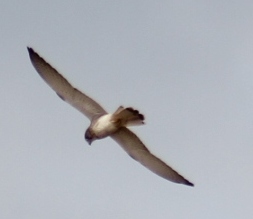


Above: Cicada rain on a sunny day - December and January 2014. Below: Cicada shells - February 2014.

Cicada Storm
The cicada din and ‘rain’ of summer of 2013-14 season was plentiful! The song of these insects was deafening – more so then in the last 10-15 years, and a constant 'cicada rain', caused by cicadas drinking the xylem fluid of trees as nourishment. This means they pee from their perch on trees too. The squirts of 'cicada rain', or 'honey dew' are harmless.
Australian Museum entomologist Dr Dave Britton said in early December that Sydney, the Blue Mountains, the Central Coast and the Hunter Region were among the areas where the noisy insects were thriving.
"It's not too unusual to have years where we get big outbreaks, but they can be quite a long time in between drinks," he said. "It would be in the order of 10 or 15 years since we've seen anything like this, so it is pretty spectacular and it's not just one species, there seem to be a few coming out in big numbers."
Their noise is males calling for females – a din that vibrates and is so LOUD you have to close all doors and windows to be able to think. There has been so many we have been deafened until our ears ring for months but now that summer is closing, the din has receded.
There have been a high number of other 'flying' insects:
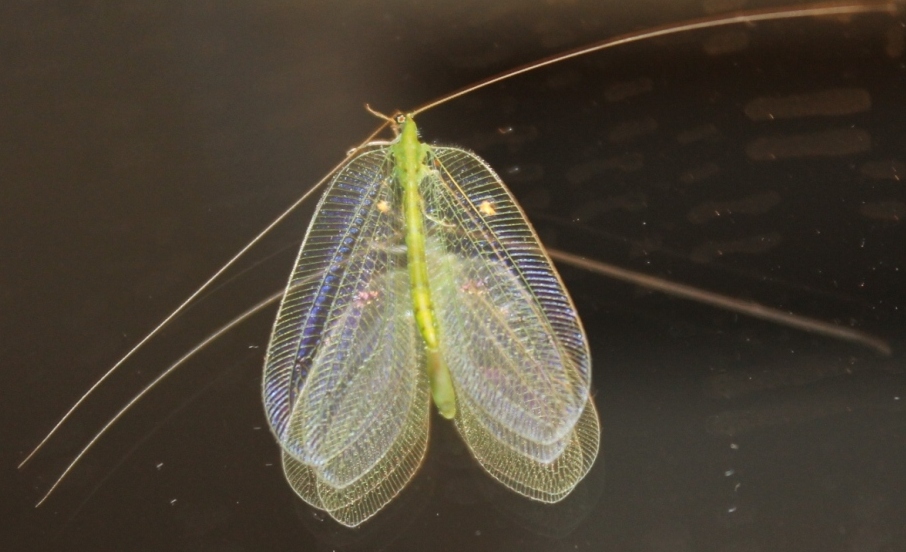
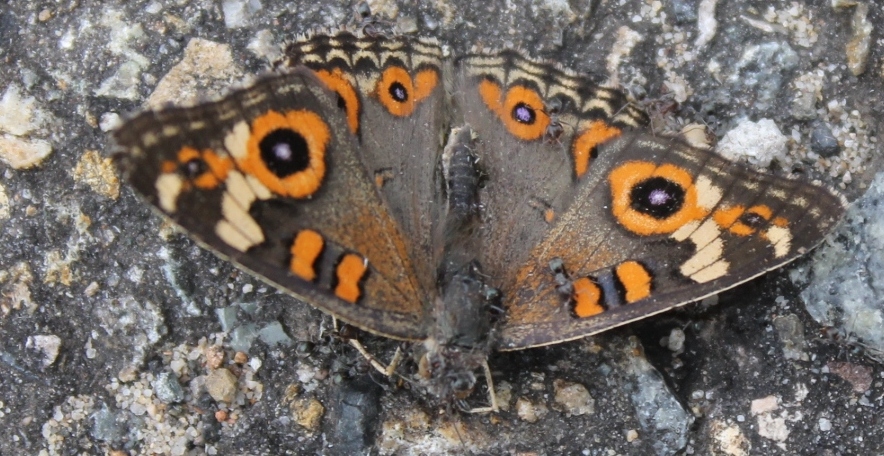
Fire – Barrenjoey
Although she is growing greener again, and her soils and plants benefit from a bushfire, the Barrenjoey headland still looks blackened from a distance. The 2013-14 summer has brought bushfires to many parts of NSW, Victoria, SA and WA with loss of life and property.



Earth

White ash substance on eucalypts - remnants of the casing of the nymph-stage of the psyllid lerps insect.
Late summer turpentine flowerings and Lerpes attacks on our leaves
Along with the cicada rain there has been a white ash like substance raining down this summer, the result of the nymph-stage of the psyllid lerps insect. We are surrounded by eucalypts and it is these the psyllids, also known as jumping plant lice or lerp insects, feast on.
Late summer brings an abundance of white flowerings on our turpentine trees - Syncarpia glomulifera, commonly known as turpentine, is a tree of the family Myrtaceaenative to New South Wales and Queensland in Australia, which can reach 60 metres (200 ft) in height. The flowers are pollinated by native bees and European honeybees, and possibly flies and moths. The Grey-headed Flying Fox(Pteropus poliocephalus) and Little Red Flying Fox (P. scapulatus) also pollinate the flowers. The Rainbow Lorikeet (Trichoglossus haematodus) and Noisy Miner (Manorina melanocephala) forage for nectar. The turpentine regenerates after bushfire by resprouting from its lignotuber and epicormic buds. Turpentine trees are thought to live up to 500 years.



Stone
Pumice – ingenuous rock
If you have been down to the beach over summer you will have seen a tide-wash of small and large pumice stones along all our beaches. Pumice is created when super-heated, highly pressurized rock is violently ejected from avolcano. The unusual foamy configuration of pumice happens because of simultaneous rapid cooling and rapid depressurization. The depressurization creates bubbles by lowering thesolubility of gases (including water and CO2) that are dissolved in the lava, causing the gases to rapidly exsolve (like the bubbles of CO2 that appear when a carbonated drink is opened). The simultaneous cooling and depressurization freezes the bubbles in the matrix. Pumice has an average porosity of 90%, and initially floats on water. After the explosion of Krakatoa, rafts of pumice drifted through the Pacific Ocean for up to 20 years, with tree trunks floating among them. In fact, pumice rafts disperse and support several marine species. In 1979, 1984 and 2006, underwater volcanic eruptions near Tonga created large pumice rafts, some as large as 30 km that floated hundreds of kilometres to Fiji.
That which we’ve seen this season is, according to Queensland University of Technology researcher Scott Bryan, the largest pumice raft in the past 25 to 50 years, eclipsing even that caused when Krakatoa in Indonesia erupted in 1883, and the result of an eruption by the Havre Seamount in July last year in the Kermadac Islands, north of NZ.


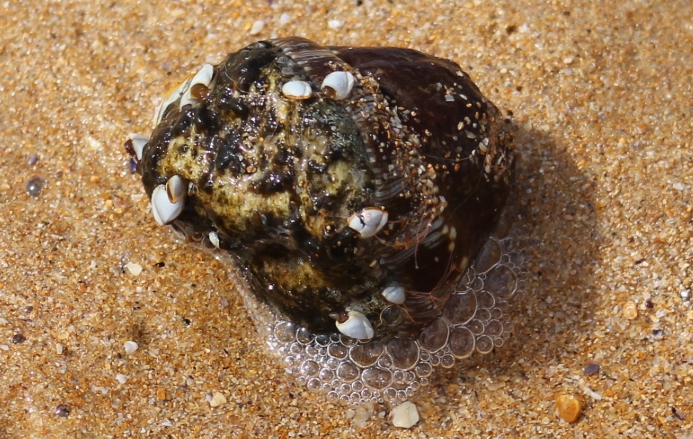
There have been a few varieties of seaweeds appearing on our beaches this summer – a few fish caught and lots of waves caught.
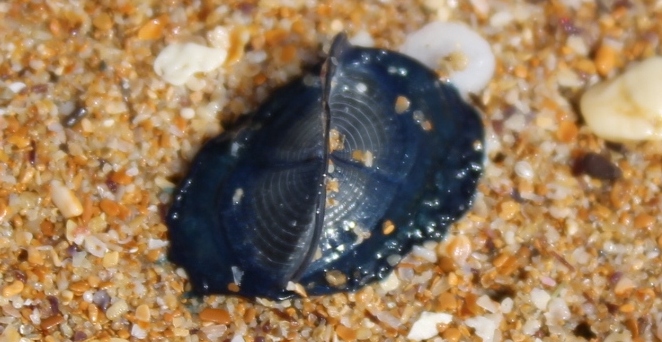
The seaweed shown below is Hormosira banksii (known as Neptune's necklace, Neptune's pearls, sea grapes orbubbleweed) is a species of seaweed (brown algae, Fucales) found in Australia and New Zealand. It is commonly found in rock pools at mid-tide levels and is characterised by strings of olive-brown hollow beads. The beads have a slimy layer which conserves moisture. They also contain gas, allowing them to rise to the surface of the water, obtaining more sunlightand moving with the flow of the current. Each bead is filled with water that prevents desiccation between tides.
Beneath this sample are some of the others seen on our beaches this Summer.







Images by A J Guesdon - December 2013 - February 2014.